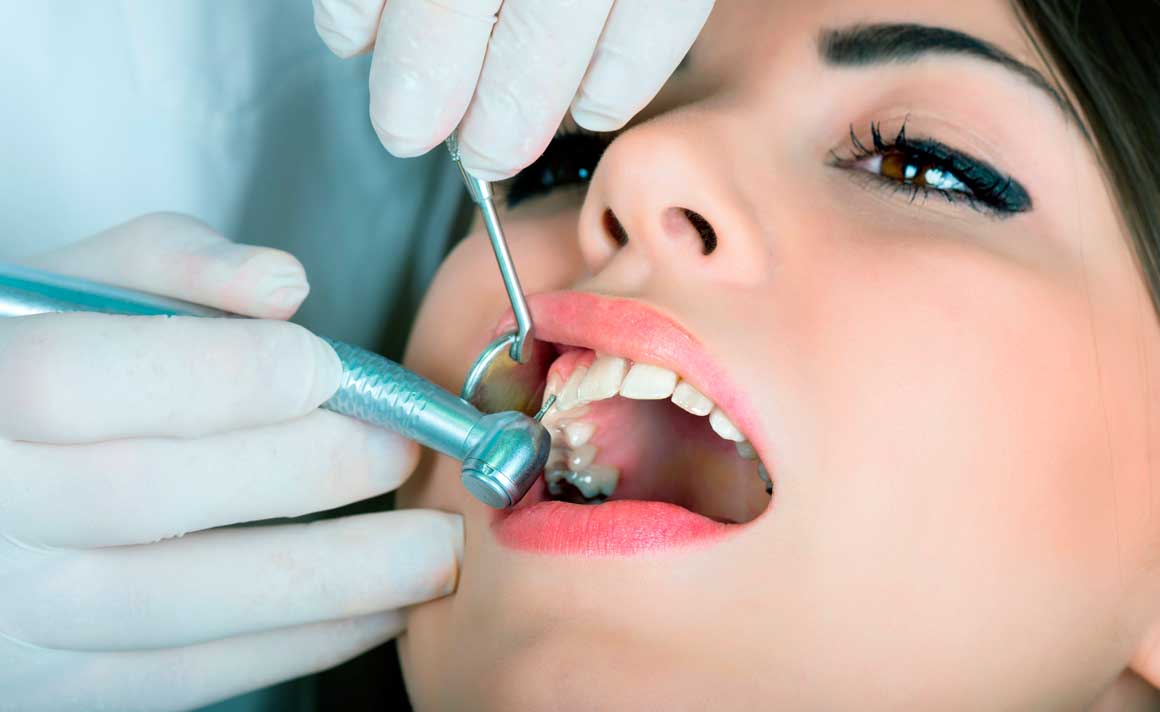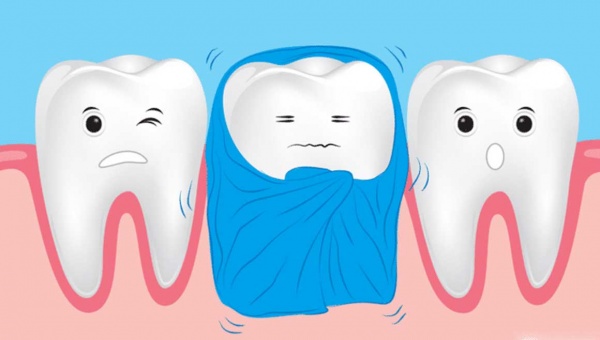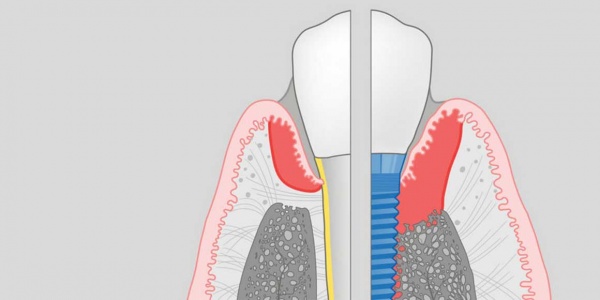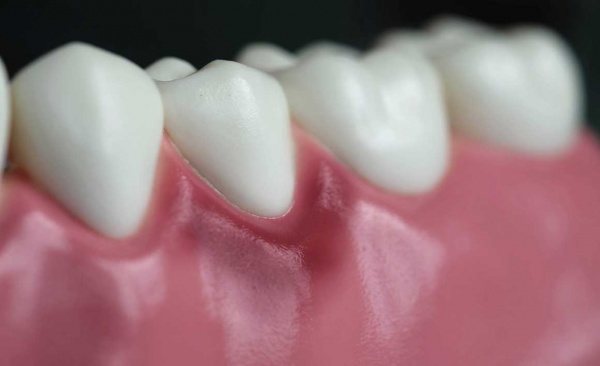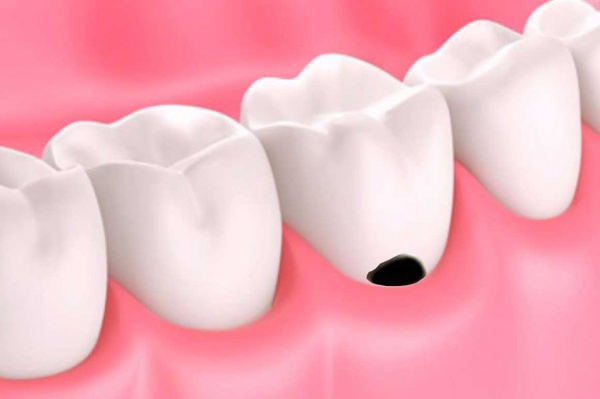After each filling, the dentist grinds the filling, be sure to let the patient bite the carbon paper, clarifies whether it interferes and, if necessary, corrects and polishes it. Nevertheless, even a few millimeters, at first glance, completely invisible, can cause inconvenience and discomfort to the patient. It is very difficult to determine how correctly the filling is installed immediately after treatment under the influence of local anesthesia. When the action of anesthesia departs, it becomes clear whether the filling is correctly installed.
What to do if a filling interferes?
Some patients in such cases believe that there is nothing to worry about and over time they will be able to get used to it, especially since the filling gradually wears out. This is true, but it can take several years for even a few millimeters of filling to wear off. In no case should you endure such inconvenience, since a large filling is not only discomfort, but also harm to the teeth. It is easy to check whether the filling interferes or not, you can use the closure of the jaw. If during the movement of the lower jaw the sensations are the same as before the installation of the seal, everything is fine. If the patient feels discomfort, it is worth contacting the dentist who installed the filling.
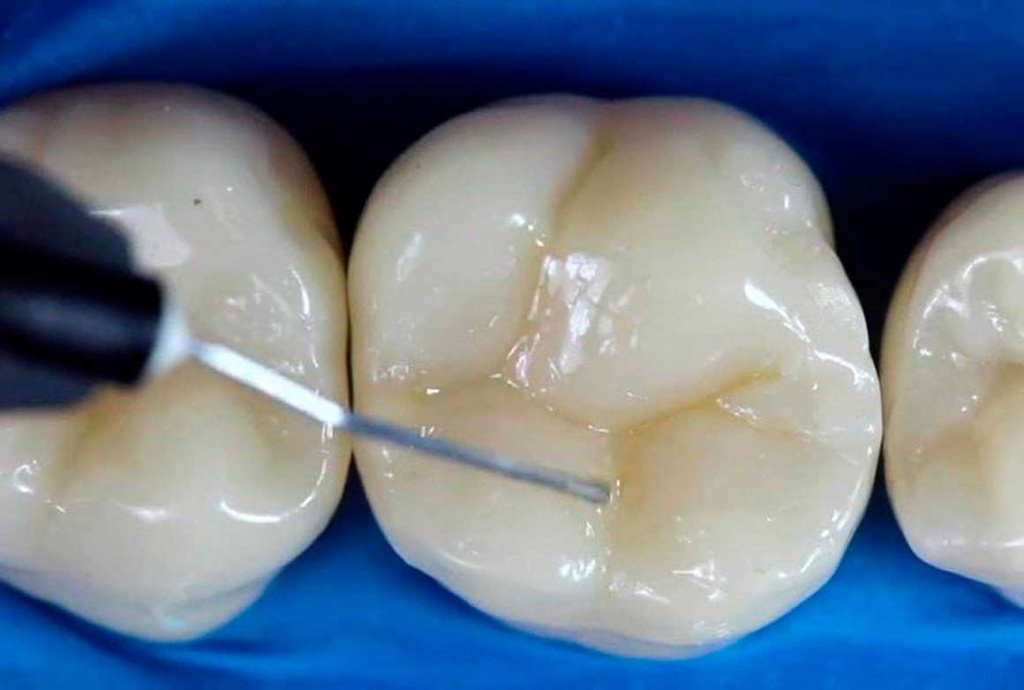
Consequences of a large filling?
Dentists identify several negative factors for the patient when installing a large filling:
- With a large filling, the tooth receives a high load, when the jaw closes, the opposite side presses on the filling. This leads to trauma to the tooth, and over time - to the development of pulpitis and periodontitis. After that, the tooth will only have to be depulped.
- With a regular load on a large filling, the walls of the tooth may break off.
- The jaw, which closes incorrectly when closed, is deformed, and a skew appears. If the patient ignores this problem, it will lead to the development of a disease of the temporomandibular joints. Pain, crunching and clicking in the lower jaw are the very first factors that should be paid special attention.
- A large filling shrinks after a while, which leads to a violation of its fit to the tooth. Pathogenic microorganisms will enter the free space and the re-development of caries cannot be avoided. The open cavity of the tooth is a great place for the development of bacteria and many diseases.
It is important to know! If there is any discomfort after the installation of the filling, you should seek the help of a dentist as soon as possible and correct this defect.

